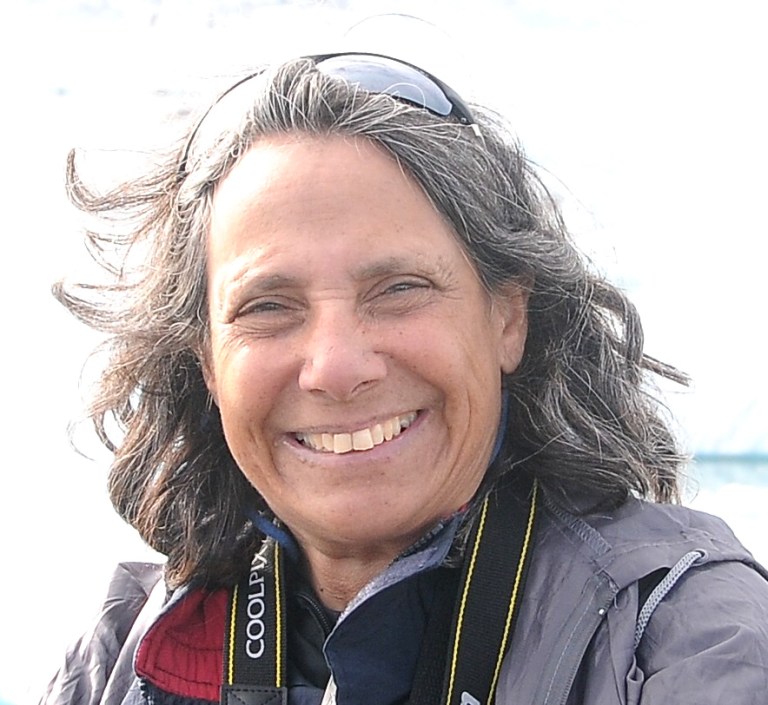
Most of us on Long Island are either blissfully unaware or hysterical about how safe our drinking water is, which unlike New York City’s surface water collected in reservoirs, comes exclusively from underground aquifers.
Drinking water problems are for Third World countries and Flint, Mich. But a century of development, including defense industry manufacturing, duck farms and a 50 percent increase in population, have spewed all sorts of toxic chemicals into the aquifer.
The most notorious plumes of contamination emanating from the former Unisys defense manufacturing property in Lake Success, which for the past two decades has been responsibly maintained by Lockheed Martin and the Navy Grumman plant in Bethpage.
The federal government seems to be doing everything possible to evade its responsibility for the plume, which stretches for four miles.
Long Island has some 250 Superfund sites — more than any other place in the country. And the federal funding to clean up those sites has dried up.
During a community forum, “Is Your Water Safe for Drinking?,” organized by Blank Slate Media and moderated by Blank Slate Publisher Steven Blank on March 21 at the Unitarian Universalist Church at Shelter Rock, Sarah Meyland, director of Water Resources at New York Institute of Technology, made some bold proposals: These include: 1. There should be a regional agency empowered to monitor and regulate (it was surprising to learn there wasn’t already such a regulatory body and that the New York State Department of Environmental Conservation does not perform this role); 2. That the problems of contaminated water should be addressed at the source rather than resorting to a cleanup, which means you have to figure out the technology and then pay for it; and 3. The responsibility is everyone’s, not just the water authority’s, to conserve water, actively stop using everyday consumer products that put toxic chemicals into the environment (Tide detergent, shampoos, cosmetics, “anything that suds”).
“Is the water safe to drink?,” Meyland responded to a question. “That’s not an easy yes or no. In the past, water would need to meet the standards so it would be deemed safe. But you can’t say that now because we are finding chemicals that are not as yet regulated, so there are no standards for them. We are just learning how to test for them and haven’t taken the step of regulating. We may know a chemical is in the water and has consequence, but there is not one but a number of chemicals, and it is likely that the number will grow over time. When we look for toxic chemicals, we find them. Now we’re looking for a new class of chemicals and we’re finding them — all over the United States, not just Long Island.
“But other states are more aggressive in dealing with chemicals than New York state,” she said. “The issue is how can we be both persuasive to the public that water is being taken care of properly, but knowing there is more that needs to be done. That’s where we are now: that there is substantially more that needs to be done. Water suppliers would appreciate if a standard would be adopted so they would know how to proceed, but we’re not there yet.”
“It cannot simply be a matter of throwing money at these problems — we will be in that situation forever. We need to get a grip on where the chemicals come from (we think we know) and how to stop them from getting into the water in future— if it is coming from a spill, a waste discharge from industry or homeowners or commercial operations. The big picture is that what we’re doing to our groundwater system is basically treating it like a toilet. No one wants to drink toilet water.”
“The challenge is to look sooner for chemicals we suspect are a health risk or contaminant, and stop them from getting into the environment — being stronger on discharge programs.”
Meyland, in contrast with the other two panelists, Dorian Dale, director of sustainability for Suffolk County, and Paul Granger, superintendent of the Port Washington Water District and chairman of the Long Island Water Legislative committee, strongly advocated for a central groundwater management agency for Long Island, as exists elsewhere in the country and in most of New York state, where surface water resources like rivers are under regional management and the cost is shared. Nassau and Suffolk are pretty much on their own.
A possible framework for such an overseeing body would be the Long Island Commission on Aquifer Protection, which was established five years ago, but only had an advisory function.
She is advocating for a regional management agency with real authority, enforcement ability, management tools and powers that will fix the problem of how we handled our water supply in past, the way permits are given, how much water is allowed to be taken. It would look at polluted sites, clean up more rapidly. She said that such an entity would not be that expensive to create on the level of $3.50 per person per year.
A regional management agency would have legal enforcement power to go after polluters, set stronger standards for chemicals going into the environment. ”If we’re not going to the source (to keep out contamination) and rely totally on taking (contaminants) out of water before we drink it, that is a very inefficient way to protect public health.
The quality of the environment should be valuable enough that we avoid contamination to start with — not use fertilizer the way we do, not use plastics, get away from the disposable society we have become, recycle things — we hardly even compost much.
We talk about a Green New Deal — we need a new environmental ethic that pervades all of us on Long Island, and everyone does their part to make sure the environment stays as clean as possible. And the water will benefit from that.”






